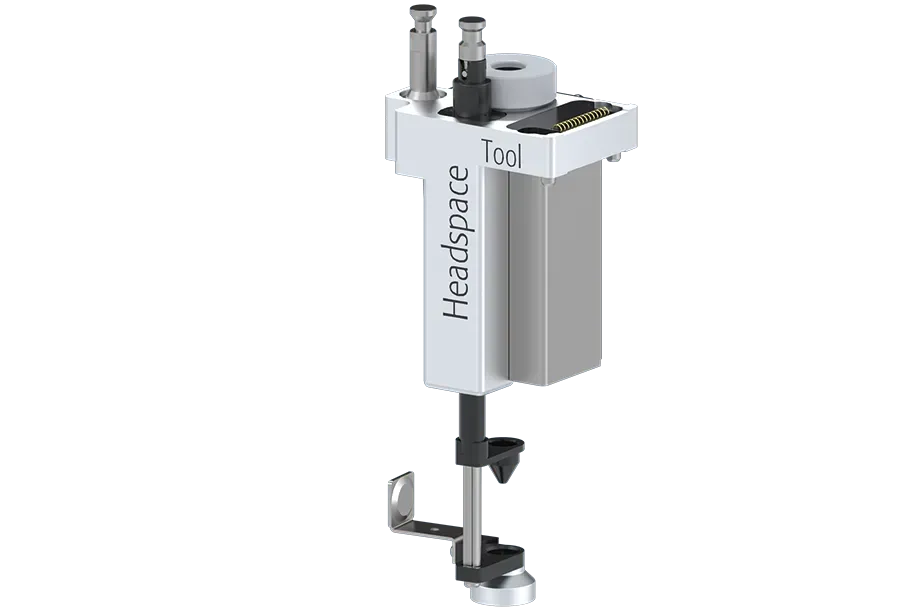
Static Headspace
In the static headspace technique, the sample is placed in a sealed vessel together with a gas phase
Static Headspace
In the static headspace technique, the sample is placed in a sealed vessel together with a gas phase. This vessel is thermostatted at a constant temperature until equilibrium is reached between the two phases.
Once equilibrium is reached, an aliquot of the gas phase is removed from the vessel and analyzed by gas chromatography GC.

The GERSTEL MultiPurposeSampler MPS is equipped with a heated agitator to heat each sample to the same temperature for the same amount of time while simultaneously accelerating the equilibration by shaking the sample.
The usual transfer line for separate headspace units could be dispensed with.
In order to create as inert a path as possible for the sample, the gas phase is drawn directly into a heated gas-tight autosampler syringe and then injected into the gas chromatograph inlet GC inlet.
All information available for download
